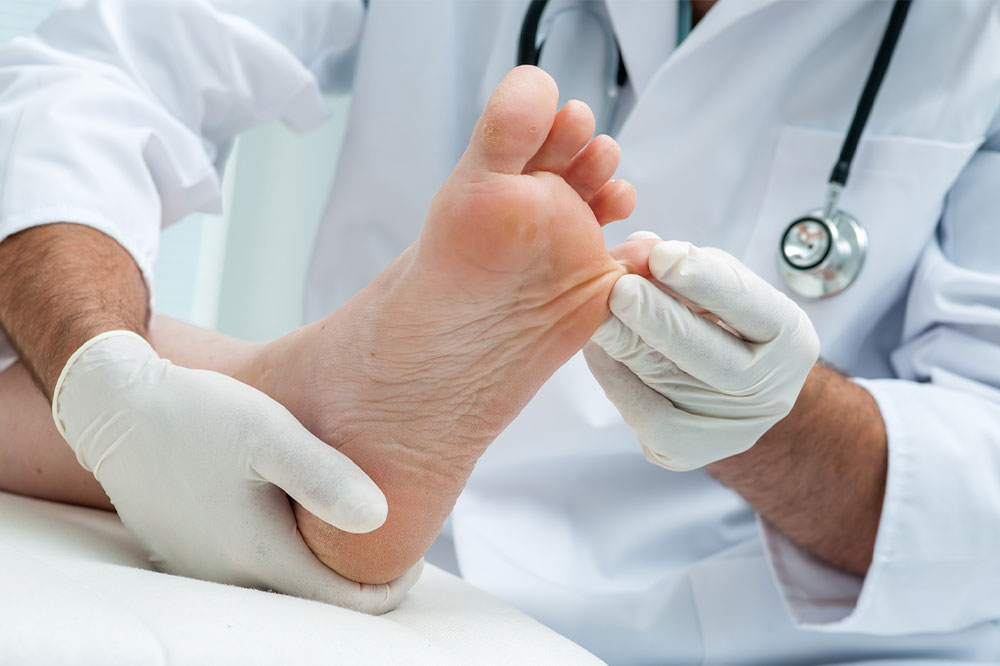Understanding ADHD: Signs, Diagnosis, and Management Strategies
This article explores ADHD symptoms, diagnosis, and treatment options, emphasizing the importance of early intervention. It covers common signs, co-occurring mental health issues, evaluation methods, and effective therapies. Treatment may include medications like stimulants or antidepressants, alongside behavioral therapies. Top U.S. clinics specializing in ADHD are also highlighted. Early recognition and professional help can significantly improve outcomes for individuals living with ADHD, enhancing their daily functioning and overall well-being.
Understanding ADHD: Signs, Diagnosis, and Management Strategies
Understanding the Symptoms, Diagnosis, and Treatment Options for ADHD
Attention Deficit Hyperactivity Disorder (ADHD) is a neurodevelopmental condition marked by persistent hyperactivity, inattentiveness, and impulsivity, often occurring together. In the U.S., nearly 60% of children with ADHD continue to experience symptoms into adulthood, totaling around 8 million adults or 4% of the adult population. Despite this, only about 20% of adults are diagnosed or receive treatment, with a quarter actively seeking help. The disorder is primarily genetic, with some biological components, and begins early in childhood, affecting brain development.

Adult individuals with ADHD often display symptoms similar to their childhood years. While hyperactivity may diminish with age, impulsiveness and attention issues tend to persist.
Signs and Symptoms
Common signs include difficulty organizing, restlessness, forgetfulness, and trouble maintaining focus. These challenges impact work, school, and personal relationships. Symptoms can vary in severity from mild to severe among individuals.
ADHD and Co-occurring Conditions
Many adults with ADHD also face mental health challenges such as depression, anxiety, bipolar disorder, and other psychiatric conditions. Approximately half of those with adult ADHD concurrently experience anxiety, which can significantly hinder daily functioning.
Diagnosis Process
Accurate diagnosis involves a thorough clinical evaluation by a healthcare professional, including reviewing personal history, mental assessments, and symptom reports. Diagnosis can be complicated by overlapping symptoms with other disorders. Typical questions during assessment inquire about mood regulation, attention span, behavioral issues, and history since childhood.
Do you find it hard to control your temper or stay in a good mood?
Are you experiencing attention and hyperactivity issues?
Do these symptoms occur at home or work?
Are family or friends aware of these behaviors?
Are any physical or mental health conditions influencing your behavior?
Have these challenges been present since childhood?
Managing ADHD
Treatments and Interventions
Medications are the primary treatment option for ADHD. Stimulants help rebalance brain neurotransmitters, reducing hyperactivity and improving focus. Available in various forms—pills, patches, or extended-release versions—they offer flexible management options. Non-stimulant medications like antidepressants are suitable for individuals with contraindications to stimulants, such as heart conditions, and may take weeks to become effective. However, they carry risks like increased suicidal tendencies in some cases.
In addition to medication, behavioral therapy is highly effective. It teaches strategies to socially adapt, manage emotions, and cope with symptoms. Therapy also involves educating parents or partners to recognize signs early and learn appropriate response techniques.
Accessing specialized clinics can enhance treatment outcomes. Top ADHD treatment centers in the US include:
ADHD, Mood & Behavior Center of New Jersey
The Reynolds Clinic
Chesapeake ADHD Center
Center for Neurocognitive Excellence, Washington, D.C.
The Thrive Center for ADHD
With professional guidance, support, and targeted interventions, individuals with ADHD can significantly improve their quality of life. Early recognition and prompt treatment are essential for better outcomes.










